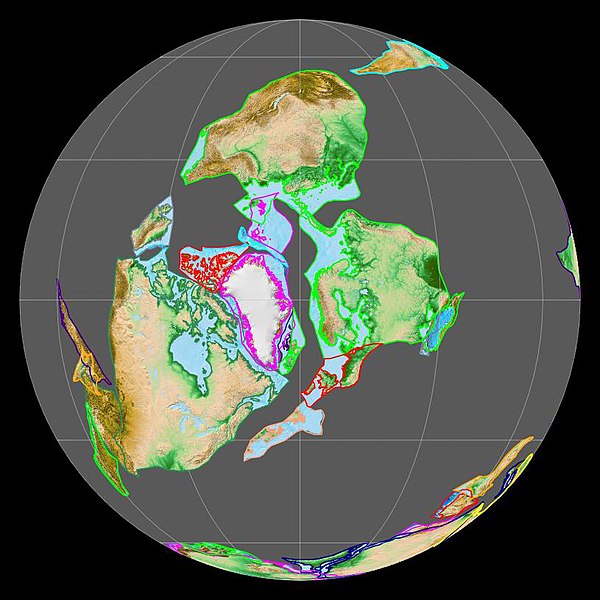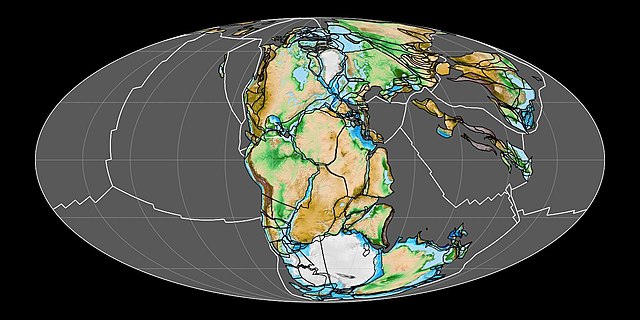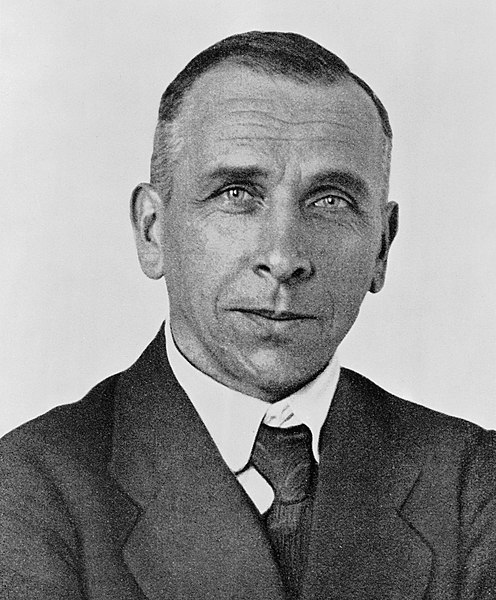Laurasia was the more northern of two large landmasses that formed part of the Pangaea supercontinent from around 335 to 175 million years ago (Mya), the other being Gondwana. It separated from Gondwana 215 to 175 Mya during the breakup of Pangaea, drifting farther north after the split and finally broke apart with the opening of the North Atlantic Ocean c. 56 Mya. The name is a portmanteau of Laurentia and Asia.
Laurasia (centre) and Gondwana (bottom) as part of Pangaea 200 Mya (Early Jurassic)
Rodinia 900 Mya centred on Laurentia with Baltica and Amazonia on its southern margin. View centred on 30°S,130°E.
Laurussia (left) during the closure of the Iapetus Ocean 430 Mya (middle Silurian) (view centred on 0°,-60°).
Pangaea formed during the closure of the Rheic Ocean 330 Mya (early Carboniferous) (view centred on 30°S,30°E)
Pangaea or Pangea was a supercontinent that existed during the late Paleozoic and early Mesozoic eras. It assembled from the earlier continental units of Gondwana, Euramerica and Siberia during the Carboniferous approximately 335 million years ago, and began to break apart about 200 million years ago, at the end of the Triassic and beginning of the Jurassic. In contrast to the present Earth and its distribution of continental mass, Pangaea was C-shaped, with the bulk of its mass stretching between Earth's northern and southern polar regions and surrounded by the superocean Panthalassa and the Paleo-Tethys and subsequent Tethys Oceans. Pangaea is the most recent supercontinent to have existed and the first to be reconstructed by geologists.
The supercontinent Pangaea in the early Mesozoic (at 200 Ma)
Alfred Wegener c. 1924–1930
Appalachian orogeny
Dicroidium zuberi, an Early Triassic plant from Pangaea (present-day Argentina)








